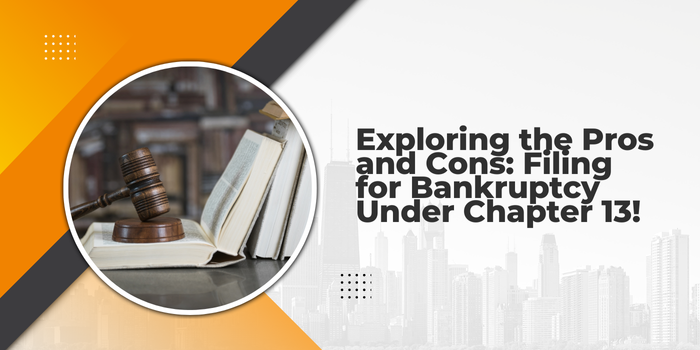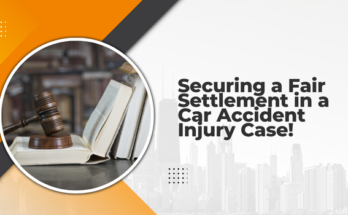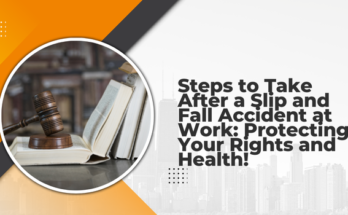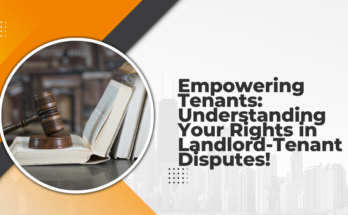For individuals facing overwhelming debt and financial distress, filing for bankruptcy can offer a path toward debt relief and a fresh start. Chapter 13 bankruptcy, also known as reorganization bankruptcy, allows debtors to restructure their debts and create a manageable repayment plan under the supervision of the bankruptcy court. While Chapter 13 can provide significant benefits, it’s essential to weigh the advantages and drawbacks carefully before proceeding. In this guide, we’ll explore the benefits and drawbacks of filing for bankruptcy under Chapter 13, empowering individuals to make informed decisions about their financial future.
Benefits of Filing for Bankruptcy Under Chapter 13:
Debt Repayment Plan:
One of the primary benefits of Chapter 13 bankruptcy is the opportunity to create a structured repayment plan to pay off your debts over time. The repayment plan typically lasts three to five years and allows you to consolidate your debts into manageable monthly payments based on your income and expenses.
Protection from Creditors:
Filing for Chapter 13 bankruptcy triggers an automatic stay, which halts most creditor actions, including debt collection efforts, foreclosure proceedings, and wage garnishments. The automatic stay provides immediate relief from creditor harassment and gives you time to develop and implement your repayment plan without the threat of legal action.
Retain Assets:
Unlike Chapter 7 bankruptcy, which may require the liquidation of assets to satisfy creditors, Chapter 13 allows debtors to retain their property and assets while repaying their debts. This can be particularly advantageous for individuals with significant equity in their homes or valuable assets they wish to protect.
Debt Discharge:
Upon successful completion of the Chapter 13 repayment plan, remaining unsecured debts, such as credit card balances and medical bills, may be discharged, meaning you are no longer legally obligated to repay them. This can provide a significant sense of relief and a fresh financial start for debtors who have struggled with overwhelming debt burdens.
Opportunity to Cure Mortgage Arrears:
For homeowners facing foreclosure due to mortgage delinquency, Chapter 13 bankruptcy offers the opportunity to cure arrears and prevent foreclosure by including past due mortgage payments in the repayment plan. This can help individuals save their homes and regain financial stability while catching up on missed payments over time.
Drawbacks of Filing for Bankruptcy Under Chapter 13:
Lengthy Repayment Plan:
One of the primary drawbacks of Chapter 13 bankruptcy is the extended duration of the repayment plan, which typically lasts three to five years. Committing to a multi-year repayment plan requires discipline and perseverance, and some debtors may find it challenging to maintain consistent payments over an extended period.
Strict Budgeting Requirements:
Chapter 13 repayment plans are based on your disposable income, with mandatory payments determined by your ability to pay. This may require strict budgeting and lifestyle adjustments to accommodate the required payments while meeting basic living expenses. Failure to adhere to the repayment plan could result in dismissal of the bankruptcy case.
Limited Debt Discharge:
Unlike Chapter 7 bankruptcy, which offers a complete discharge of qualifying unsecured debts, Chapter 13 provides only partial debt relief. Certain debts, such as tax liabilities, student loans, and domestic support obligations, are not dischargeable in Chapter 13 and must be repaid in full or according to a separate arrangement.
Credit Impact:
Filing for Chapter 13 bankruptcy can have a significant impact on your credit score and financial standing. While the negative effects of bankruptcy may diminish over time, the bankruptcy filing will remain on your credit report for up to ten years, potentially affecting your ability to obtain credit, secure loans, or qualify for favorable interest rates in the future.
Risk of Plan Failure:
Chapter 13 bankruptcy requires strict adherence to the terms of the repayment plan, including timely payment of scheduled installments to the bankruptcy trustee. Failure to comply with the plan requirements or unexpected financial setbacks could jeopardize the success of the bankruptcy case and result in dismissal, leaving you vulnerable to creditor actions.
Conclusion: Benefits and drawbacks of filing for bankruptcy under Chapter 13
Filing for bankruptcy under Chapter 13 can provide much-needed relief for individuals struggling with overwhelming debt burdens, offering a structured repayment plan and protection from creditor actions. However, it’s essential to consider the potential benefits and drawbacks carefully before pursuing this option. While Chapter 13 can help you regain control of your finances and achieve a fresh financial start, it requires commitment, discipline, and careful planning to ensure the success of your bankruptcy case. Consulting with a knowledgeable bankruptcy attorney can help you navigate the complexities of Chapter 13 bankruptcy and make informed decisions about your financial future. Ultimately, the decision to file for bankruptcy should be based on a thorough evaluation of your individual circumstances, goals, and long-term financial objectives.



